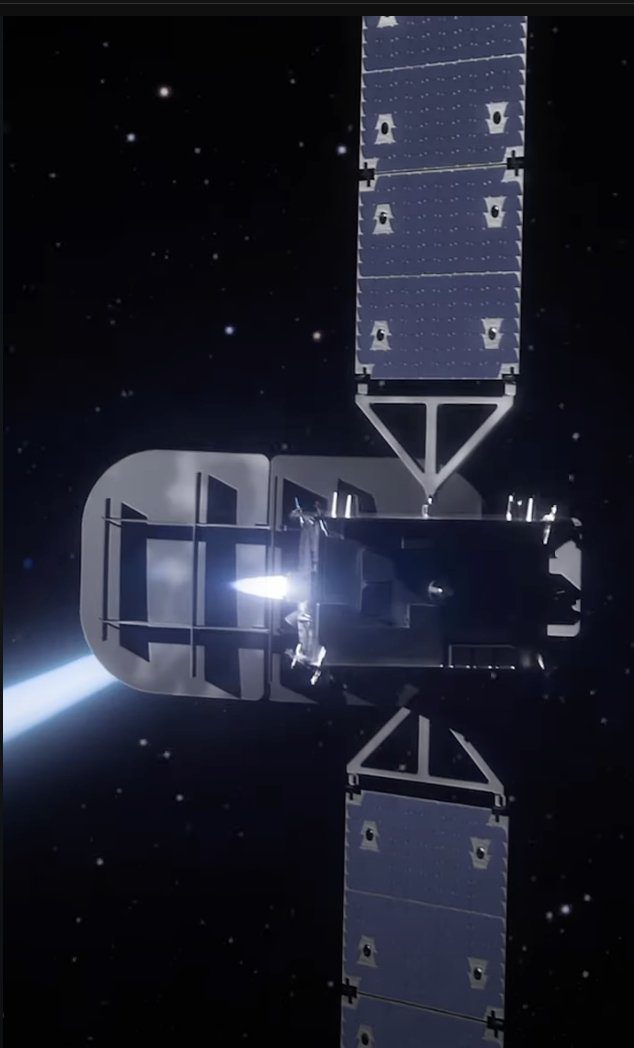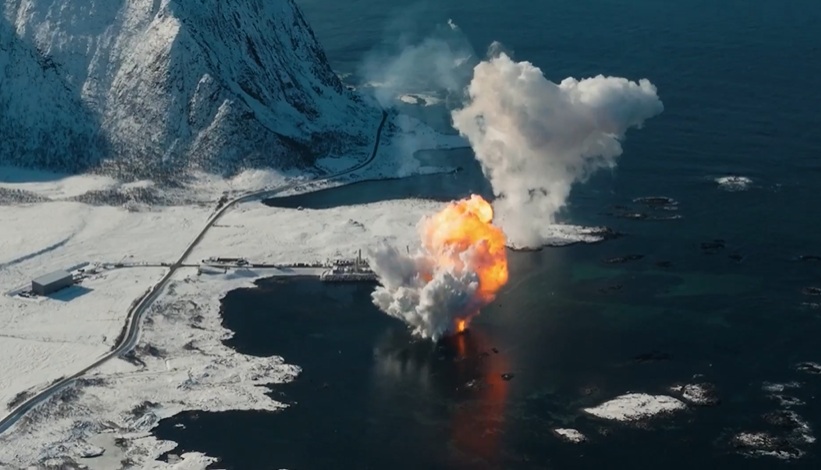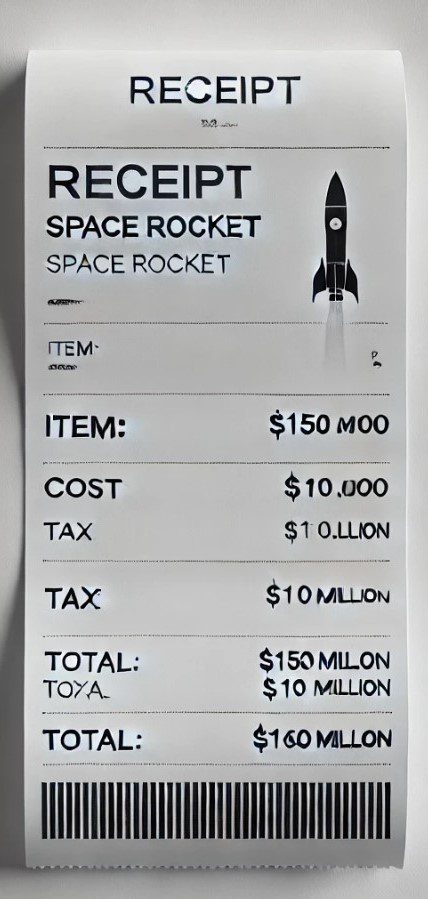UtilitySat, one of four small communications satellites, launched for Astranis, has failed on its way to its planned geostationary Earth orbit (GEO) operational location, according to industry officials and CelesTrak data, reported first by Space Intel Report.
The craft was launched by a Falcon 9v1.2FT Block 5 rocket on 29 December 2024 for Astranis, a satellite manufacturer and operator. It was to be operated on behalf of Pacific Dataport Inc (Alaska) to fill in a coverage gap caused by the power failure of its Arcturus satellite.

Video animation freezeframe showing electric thruster firing on Omega smallGEO bus sat such as UtilitySat. Courtesy: Astranis
Along with three sister spacecraft, UtilitySat was initially placed into a super-synchronous transfer orbit. The plan was for it to slowly circularise itself, using its electric thruster, into its operational 36,000 km orbit.
However, while the other three satellites are still doing this, UtilitySat appeared to stop changing its orbit in early February. It was later revealed that the electric thruster had failed. According to US Space Command’s SpaceTrack orbital register, the spacecraft is currently in a 66,553 x 4,185 km orbit inclined at 8.7 degrees relative to the equator.
UtilitySat uses a Block 2 version of Astranis’s own Omega micro-GEO bus design. Apart from its electric thruster system, the spacecraft is also equipped with chemical thrusters but there may not be enough propellant to effect a recovery.
Its sister satellites consist of two to be operated for Anuvu, a commercial internet connectivity firm, and one for the Peruvian government.
Insurance sources expect a claim for a total loss. However, given the size of the spacecraft, this should only amount to US$30 million. This is relatively small when compared with the claims total for 2023 of nearly US$2 billion, comprising several claims for hundreds of millions of dollars each as well as smaller ones. One space underwriter, who declined to be named, said that it was an annoying failure despite its relatively low value – “it’s an embuggerance”, he added.







